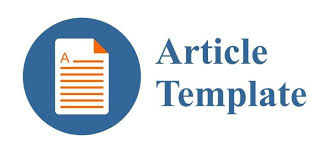THE COMMUNICATIVE PURPOSE OF EQUIVALENCE IN TRANSLATION MEANS OF EXPRESSION
Anjela Kuganova Alimardonovna
Chirchik State Pedagogical Institute, Faculty of Tourism, The English language department's 2nd years student
Keywords: Equivalence, adequacy, reference, communication, denotative, expressive, metalinguistic function.
Abstract
Equivalence degrees, place of degrees at uprising the equivalence, method of application are considered relevant issues in the translation. The aim is to identify the problems of the issues raised by equivalence, determine the value of equivalence, comparing similarity of meanings between the original text and translation. Objectives: To determine the degree of equivalence in translation, to study phrases while maintaining the goal of communication, determining equivalent meaning in comparisons and special words. The object of ourresearch is the form of comparisons and phrases of the original text converted to text of translation; and the equivalent forms in the translated text is the subject of research. The study used the method of comparative analysis. The first study of equivalence in translation of literary texts in the Uzbek translation is the actuality of the study. Study materials can be used in teaching of "Theory and Practice of Translation" and "linguistics culture". Scientific research work consists of an introduction, conclusion and bibliography. At transition of equivalent phrases of original texts and translation observed constriction of their meaning, as well as at the transition from the original text to text of translation, there is reductions of their meaning and reception, as a supplement, the new value.
References
Lanchikov V.K., Semantic and stylistic aspects of translation., – M.,1977.
Lyons John., Linguistic semantics // Languages of Slavic culture.–U.,2003.
Schweitzer A.D. Translation theory.//N.Neubert A.Text and translation. Leipzig, - M.,1985.
Komissarov, V. N. Linguistics in perevoda . 1980.






